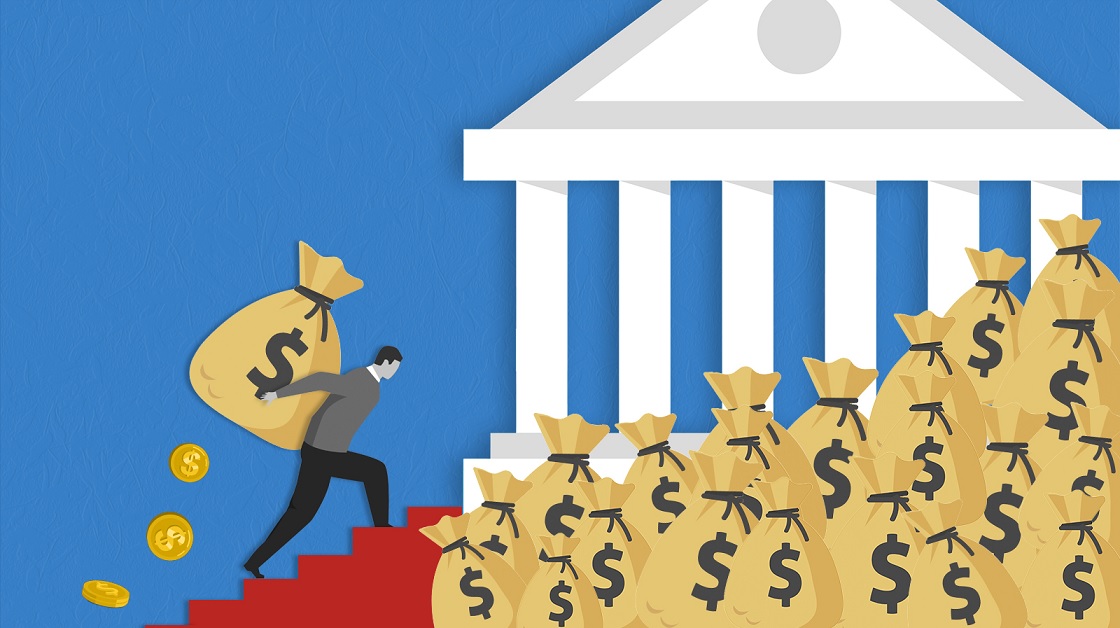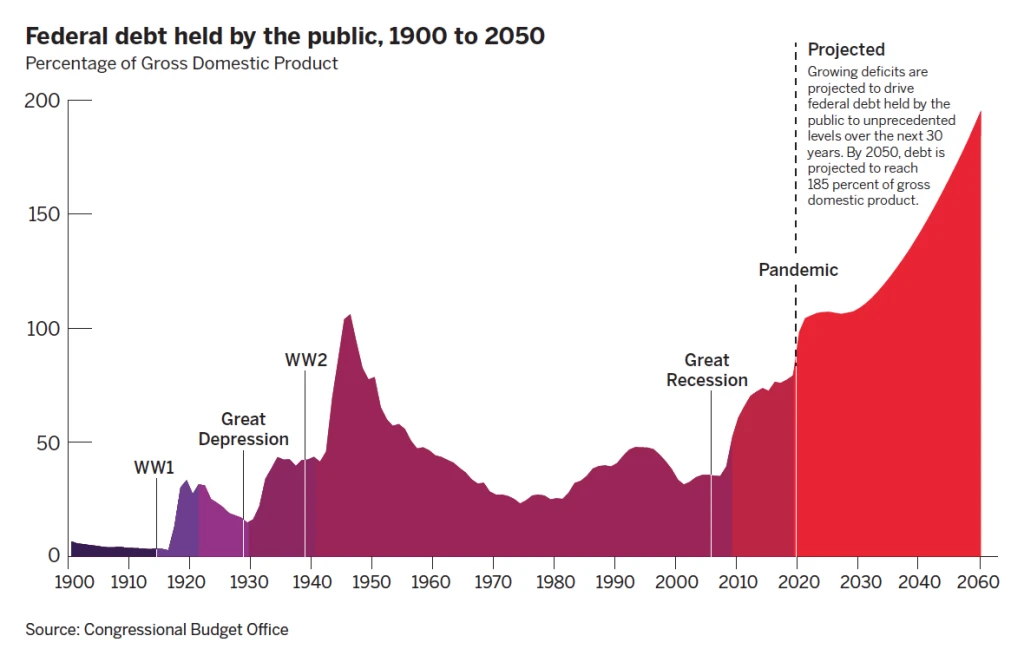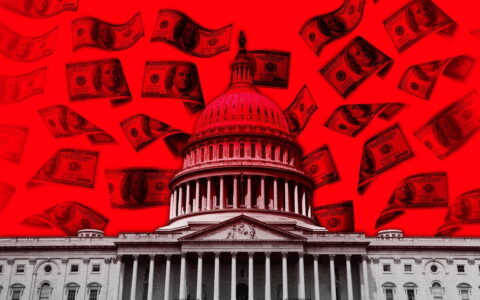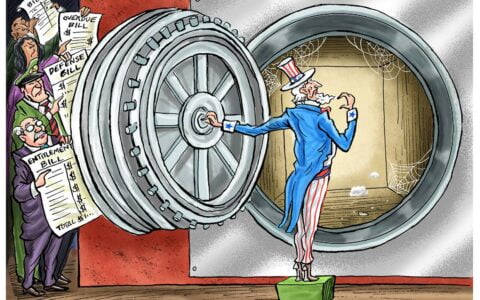
Introduction
National debt is a topic that often dominates financial and political discussions. Despite its ubiquity, many people are unaware of what it truly means and the various metrics used to measure it. In this article, we will explore the definition of national debt, the significance of the national debt-to-GDP ratio, the national debt-to-income ratio, and how these indicators are used to assess a country’s financial health.
What is National Debt?
National debt, also known as public debt or government debt, is the total amount of money owed by a country’s government to its creditors. This debt arises from borrowing to finance budget deficits, cover expenses, or stimulate economic growth. The debt can be owed to domestic or foreign entities, such as banks, other governments, or international financial institutions.

National Debt-to-GDP Ratio
One of the most common ways to assess a country’s debt burden is by examining its debt-to-GDP (Gross Domestic Product) ratio. This metric compares the total national debt to the country’s GDP, which represents the total value of goods and services produced within a given time period. A higher debt-to-GDP ratio indicates a greater debt burden relative to the country’s economic output.
National Debt-to-Income Ratio
The national debt-to-income ratio is another indicator used to measure a country’s debt burden. This ratio compares the total debt to the aggregate income earned by the residents of a country. A high debt-to-income ratio suggests that the nation’s residents may struggle to pay off the debt, which could lead to negative economic consequences.
Using Debt Ratios to Assess Financial Health
Both the national debt-to-GDP ratio and the national debt-to-income ratio are used by economists, policymakers, and financial analysts to evaluate a country’s fiscal health. These ratios provide insight into the sustainability of a nation’s debt and its ability to manage and repay its obligations. Higher ratios may indicate potential financial stress, while lower ratios suggest greater fiscal stability.
The Role of National Debt in Economic Growth
Governments often use borrowing to finance infrastructure projects, social programs, or other initiatives aimed at stimulating economic growth. In moderation, national debt can have positive effects on the economy by increasing spending, creating jobs, and encouraging private investment. However, excessive debt can lead to negative consequences, such as inflation, higher interest rates, and reduced government spending on essential services.
Factors Influencing National Debt Levels
Several factors can influence a country’s national debt, including economic growth, tax revenue, government spending, and interest rates. Economic growth and robust tax revenue can help reduce debt levels, while excessive government spending and high-interest rates can contribute to increased debt.
The Impact of National Debt on Future Generations
High levels of national debt can have long-lasting consequences for future generations. As the debt burden increases, governments may be forced to allocate more resources to servicing debt rather than investing in education, healthcare, and other essential services. Additionally, high debt levels can lead to higher taxes and reduced public benefits, which could affect the quality of life and economic opportunities for future generations.
Managing National Debt
To maintain fiscal sustainability and mitigate the negative consequences of excessive debt, governments must implement responsible fiscal policies. This may involve reducing unnecessary spending, prioritizing investments that promote long-term economic growth, and implementing tax policies that generate sufficient revenue without hindering economic activity.
Global Comparison of Debt Ratios
Comparing debt ratios across countries provides valuable context for understanding the relative financial health of nations. Countries with high debt ratios, such as Japan or Greece, may face more significant economic challenges than those with lower ratios, like Norway or Australia. However, it is essential to consider other factors, such as a country’s economic growth rate, political stability, and monetary policy, when evaluating the overall financial health of a nation.
The Role of Credit Rating Agencies
Credit rating agencies, such as Standard & Poor’s, Moody’s, and Fitch Ratings, play a critical role in assessing the creditworthiness of countries. These agencies assign credit ratings based on their analysis of a country’s financial strength, economic stability, and ability to repay its debt. A higher credit rating often signifies lower risk and can result in more favorable borrowing terms for the country.
Conclusion
Understanding national debt and its associated ratios is crucial for comprehending a country’s financial health and long-term economic prospects. Both the national debt-to-GDP ratio and the national debt-to-income ratio provide valuable insight into a nation’s ability to manage its debt obligations. While national debt can be beneficial in promoting economic growth when used responsibly, excessive debt can have lasting negative consequences for current and future generations. It is essential for governments to implement sound fiscal policies to maintain a sustainable debt level and support long-term economic stability.
Author:Com21.com,This article is an original creation by Com21.com. If you wish to repost or share, please include an attribution to the source and provide a link to the original article.Post Link:https://www.com21.com/decoding-national-debt-ratios-implications-and-fiscal-health-explained.html








